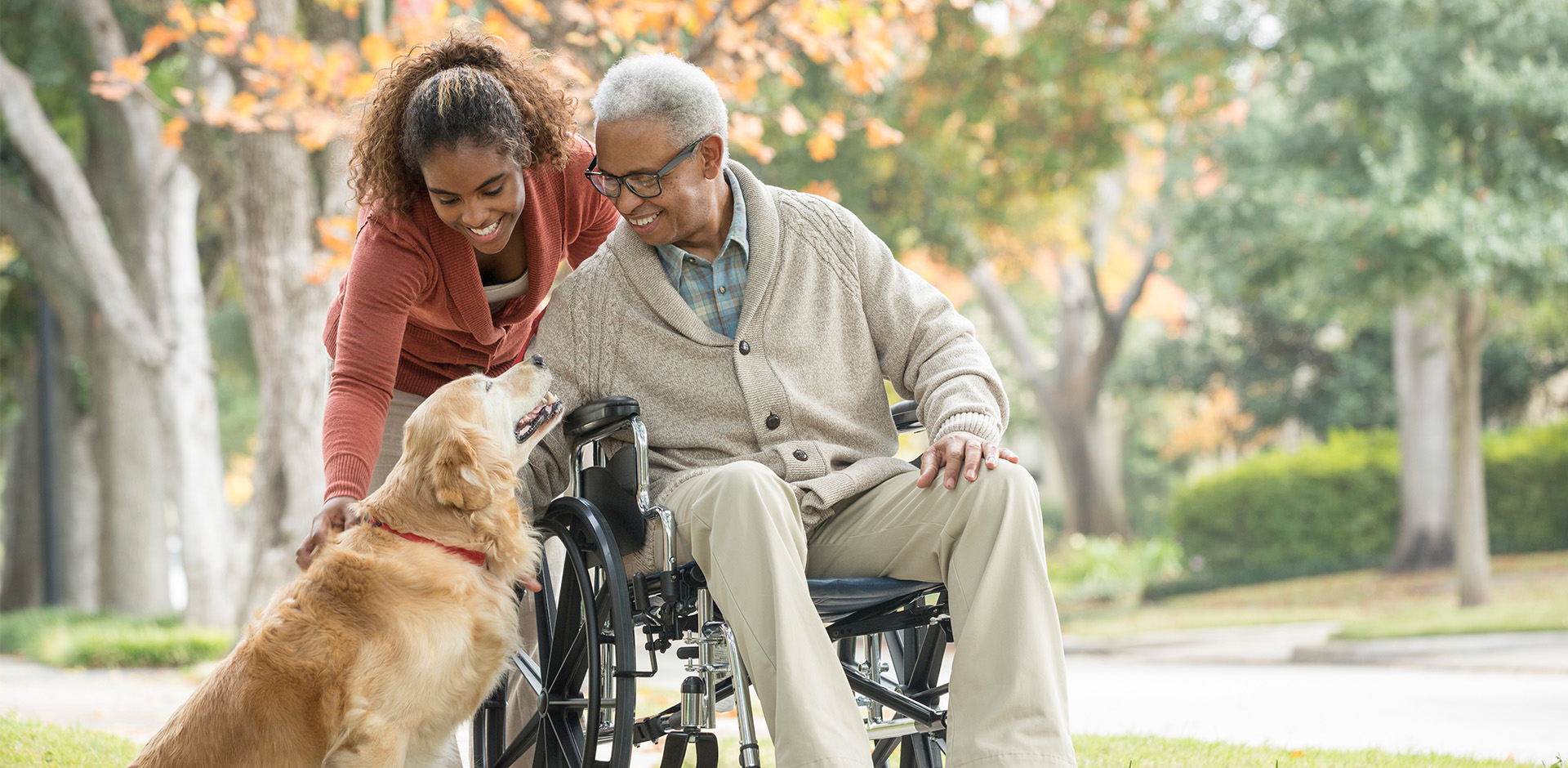Idiopathic Neuropathy
Idiopathic Neuropathy
Sometimes peripheral neuropathy seems to happen for no particular reason. Doctors call this disorder “idiopathic,” which means that no cause has been identified, despite appropriate testing. Typically, idiopathic peripheral neuropathy occurs in people over 60 years old; progresses slowly (or doesn’t progress at all after the initial onset); and it can be very disruptive to someone’s normal life and lifestyle.
See our webinar on Idiopathic Neuropathy with Norman Latov, MD, PhD.
8 Million
Idiopathic neuropathy, also known as chronic idiopathic axonal polyneuropathy (CIAP), is a major public health issue in the United States, affecting an estimated 5–8 million Americans
23%
About 23% of PN cases are considered idiopahtic, meaning they can’t be linked to a known cause
39%
The prevalence of peripheral neuropathy (PN) in the US is about 14% for adults aged 40 or older, and 39% for adults aged 70 or older.
Symptoms & Signs
(Not all symptoms and signs may be present)
- You may feel these symptoms first in your feet and then possibly in your shins:
- Numbness, tingling and pain
- Unsteady when standing, walking
- Muscle weakness (including weak ankles) or cramps
- You may also experience feelings of faintness when standing.
Evaluation & Tests
(Not all evaluation and tests may be necessary)Physical examination
- Neurological exam
- Electromyography
- Nerve conduction velocity test
- Standardized tests to measure:
- Muscle strength
- Loss of function of sensory and autonomic nerves
- Blood Test – Blood tests are commonly employed to check for vitamin deficiencies, toxic elements and evidence of an abnormal immune response. Depending on your individual situation, your doctor may request certain laboratory tests to identify potentially treatable causes for neuropathy. These include tests for:
- Vitamin B12 and folate levels
- Thyroid, liver and kidney functions
- Vasculitis evaluation
- Oral glucose tolerance test and HbA1c
- Antibodies to nerve components (e.g., anti-MAG antibody)
- Antibodies related to celiac disease
- Lyme disease
- HIV/AIDS
- Hepatitis C and B
- full blood count
- immunoglobulin levels and electrophores
- serum angiotensin converting enzyme, immunological tests that include ANA, anti-dsDNA, antibodies, rheumatoid factor, and ENA panel
Treatment & Therapy
(Not all treatments and therapies may be indicated)
Treatment focuses on relieving pain by reducing inflammation, slowing joint and bone damage and improving the ability to function with the disease.
- Over-the-counter pain medication for mild pain
- For severe pain, take over-the-counter pain medication or prescription drugs used for peripheral neuropathy, on a regular basis—rather than waiting until nighttime when symptoms can become more severe
- Taking safety measures to compensate for loss of sensation
- Special therapeutic shoes (which may be covered by Medicare and other insurance)
Resource library
Read our newsletter and explore educational brochures to help expand your knowledge of peripheral neuropathy.








